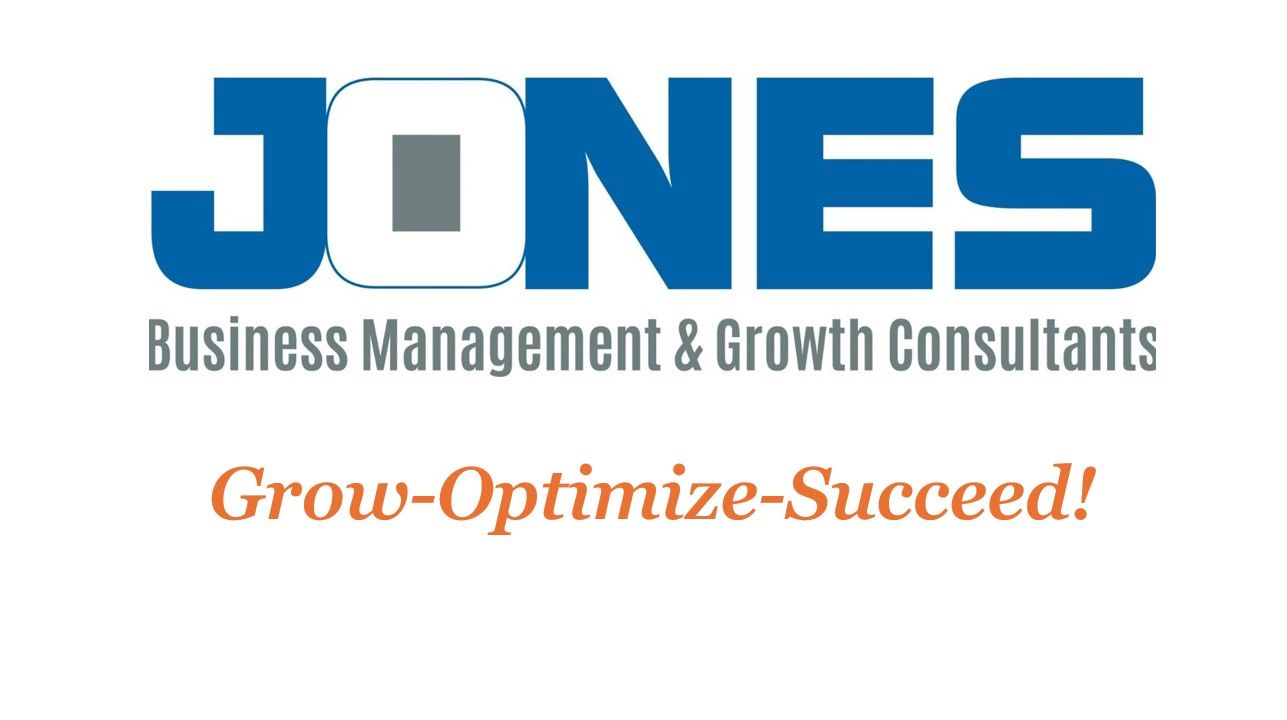Owner to Leader: How to Build a Business That Grows Without You-Part 1
Daniel Jones • December 18, 2024
The Owner's Mindset Shift: From Doer to Leader

As a home service business owner, your business likely started with you wearing every hat—fieldwork, sales, admin, and even customer service. This hands-on approach is often necessary in the early days. But at some point, it becomes a roadblock.
If you’re still working in the field daily, answering every call, and making every decision, you might feel productive, but you’re unknowingly holding your business back. Growth demands a different approach—one where you step out of the daily grind and embrace the role of a leader.
Why the Hands-On Approach Fails Over Time
Being deeply involved in your business can feel like the right thing to do. After all, it’s your business, and no one else will care as much as you do, right? But here’s the hard truth: when you stay in the trenches, you’re preventing your business from reaching its full potential. Here’s why:
You’re the Bottleneck:
Every task and decision has to pass through you, which slows progress and limits what your team can achieve on their own.
Reactive Mode Dominates:
You spend so much time putting out fires that you have no time for big-picture planning.
Burnout Looms:
Constantly juggling fieldwork and management is exhausting. Burnout not only impacts your effectiveness but also stifles your creativity.
Growth Stalls:
Without time to focus on strategic goals, your business reaches a plateau, unable to scale beyond its current state.
The Shift: From Doer to Leader
Transitioning to a leadership role isn’t easy, but it’s essential for breaking through growth ceilings. Leadership is about working on your business, not just in it. Here’s how to start making the shift:
1. Define Your Role as a Leader
Leadership means guiding the business, not micromanaging it. Your focus should be on:
Setting clear goals for the business.
Communicating your vision to the team.
Developing systems and processes to create consistency.
2. Learn to Delegate
Delegation isn’t about passing off tasks you don’t want to do; it’s about empowering your team to take ownership. Trust your employees to handle responsibilities, and provide them with the tools and training they need to succeed.
3. Prioritize Strategic Thinking
Set aside time each week to think about your business’s future. What’s working? What isn’t? What opportunities are you missing? This clarity will guide your decisions and keep you focused on growth.
4. Focus on Team Building
The right team can transform your business. Hire for alignment with your vision and values, not just skills. Then, create a culture of accountability where everyone knows their role and strives for excellence.
Real-Life Example: A Leader's Transformation
When Sarah, the owner of a pest control business, realized she couldn’t keep up with fieldwork and manage operations effectively, she decided to make a change. She began documenting her processes, training her team, and stepping back from day-to-day tasks. Within a year, she hired a reliable operations manager and focused on growing her client base. Her revenue increased by 40%, and she had time to think about expanding into new services.
Sarah’s transformation didn’t happen overnight, but it started with a mindset shift: she saw herself as a leader, not just a worker.
Steps to Start Your Shift Today
Write Down Your Vision: What do you want your business to achieve in the next year? Five years?
Evaluate Your Time: Conduct a time audit to identify tasks you can delegate.
Empower Your Team: Train your employees to handle more responsibilities, and give them the freedom to make decisions within their roles.
Commit to Leadership: Block time on your calendar each week to focus on strategy and planning.
Is This Your Struggle? Let’s Talk
If this is an issue you are struggling with, I would like a chance to interview you for a program I am working on. This is not a sales call; this is market research. If you will give me 30 minutes of your time, when we conclude the call I would be happy to give you some free actionable steps you can use to help solve some of your issues.
Schedule here: https://go.thryv.com/site/DanJonesConsulting/online-scheduling?service=0nafyomx1atct78q

Most landscapers track total sales, but sales alone do not tell you if you are winning or losing. You can have a record-breaking revenue month and still come up short on profit. The number that actually tells the truth is revenue per hour — how much your business earns for every production hour you work. Why Revenue per Hour Matters Every business only has so many production hours each week. Those hours are your inventory. When you fill them with low-profit jobs or inefficient routes, you waste your most valuable resource. Revenue per hour measures how efficiently you turn your crew’s time into money. It exposes what your “busy” really earns. What It Reveals Underpriced work : Jobs that seem fine on paper but drag down hourly return. Inefficient routes : Too much windshield time and not enough production. Wasted labor : Crews that take longer than the estimate or lack clear systems. Profit leaks : Jobs that look big in revenue but small in margin. When you track revenue per hour, you start spotting which jobs and services actually make sense — and which ones are quietly draining you. How to Calculate It Take your total revenue for a job, route, or week. Divide it by the total billable production hours your crew worked. The result is your Revenue per Production Hour (RPH) . Compare that to your break-even hourly rate — the amount you need to cover all labor burden, overhead, and profit. If your RPH is not comfortably above that number, the job is not profitable. How to Use It Drop or reprice the lowest RPH clients. Focus your marketing on the most profitable service types. Route for density so drive time does not eat production time. Reward crews that consistently hit higher RPH with efficiency bonuses. This is how smart landscapers grow. They do not just add more clients — they make each hour worth more. Your Next Step If you are ready to stop chasing revenue and start maximizing profit, learn how to track and raise your Revenue per Hour using real numbers. Inside my Pricing Fix Sprint , I teach landscapers how to calculate their break-even rate, identify profit leaks, and make every job count. 👉 Join the Pricing Fix Sprint here and start making every hour work harder for you.









